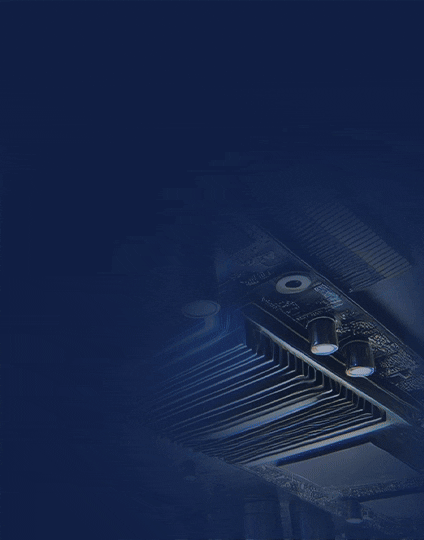FPGA Insights interviewed Gayatri Srilekha Ponnaluri, System Design Engineer at Qualcomm to explore her expertise and gain valuable insights into FPGA design.
1) Can you provide an overview of your experience with FPGA design projects, mentioning a few that you’ve worked on, starting with a brief introduction?
My experience with FPGA design began during university, where I built a real-time audio equalizer using a Xilinx Spartan-6 board and Verilog. This project laid a strong foundation in digital signal processing and low-level hardware design. Later, I developed a matrix multiplication accelerator using a Xilinx Zynq SoC to speed up a neural network’s inference stage. This involved combining HLS (High-Level Synthesis) with embedded C. Another notable project was a high-speed data acquisition system for a medical imaging prototype, where I utilized FPGA parallelism to process and filter sensor data in real time. These projects helped me develop a solid understanding of HDL programming, hardware/software co-design, and system integration.
2) Can you explain the benefits of using FPGAs over other types of processors?
FPGAs provide hardware-level parallelism, which significantly boosts performance for specific tasks compared to CPUs and even GPUs. They offer low latency, are reconfigurable, and can be optimized for power efficiency, making them ideal for real-time and embedded applications. Unlike fixed-function ASICs, FPGAs allow updates and iterations post-deployment, offering both performance and flexibility in a single platform.
3) What are the most significant trends observed in the FPGA industry over the past year? How will these trends shape the industry’s future?
Key trends include the rise of AI-enabled FPGAs with dedicated processing blocks (e.g., Xilinx AI Engines), chiplet-based modular designs, and the growing popularity of cloud-based FPGA services like AWS F1. Additionally, there’s increasing interest
in integrating RISC-V cores and using FPGAs in edge AI applications. These developments suggest a future where FPGAs become more accessible, more powerful, and more tightly integrated into heterogeneous computing systems.
4) How do you see FPGA development evolving to meet the demands of modern applications and complex workloads?
FPGA development is shifting toward higher abstraction levels. HLS and Python-based frameworks are making it easier for software developers to target FPGA platforms. Additionally, toolchains are becoming more AI-assisted, helping automate synthesis, placement, and timing closure. With growing demands in AI, networking, and embedded computing, we expect more domain-specific FPGA solutions and tighter CPU/FPGA integration.
5) Key drivers behind the increasing adoption of FPGAs in various applications and industries?
● Demand for real-time processing
● Power-efficient acceleration, especially in edge devices
● Increased use in AI inference and data analytics
● Flexible hardware customization in mission-critical systems
● Availability of FPGA services in cloud platforms
6) Sectors that stand to benefit the most from FPGA integration, and why?
● Telecom: For high-speed packet processing and 5G baseband functions ● Automotive: For real-time sensor fusion in ADAS systems
● Finance: For ultra-low-latency trading and analytics
● Defense: For secure, high-performance signal processing
● Healthcare: For portable imaging and diagnostics systems
7) The role of FPGAs in accelerating AI applications and advancements expected in the near future.
FPGAs are increasingly used to accelerate AI inference due to their low latency and customizability. They allow model-specific optimizations, support for quantized networks, and deployment at the edge where power and space are constrained. The future may bring even tighter integration with neural compute elements, along with better tools for seamless AI model deployment on FPGAs.
8) Ensuring the security and integrity of FPGA designs, especially in sensitive applications like finance and defense.
Security measures include bitstream encryption, secure boot, and physical tamper resistance. In sensitive sectors like finance and defense, additional steps like runtime integrity checks, partitioned reconfiguration, and secure design verification are critical. Vendors are also offering tools to detect and prevent side-channel attacks and IP theft.
9) Advice for students and professionals interested in pursuing a career in FPGA development to stay updated with the latest trends and technologies.
Start with small projects using Verilog or VHDL and gradually build toward more complex systems. Leverage open-source resources and low-cost dev boards. Explore HLS if you come from a software background. Stay updated with industry trends by following vendors (Intel, AMD/Xilinx), academic papers, forums, and GitHub projects. Joining FPGA communities and working on real-world projects is the best way to gain deep, practical experience.












